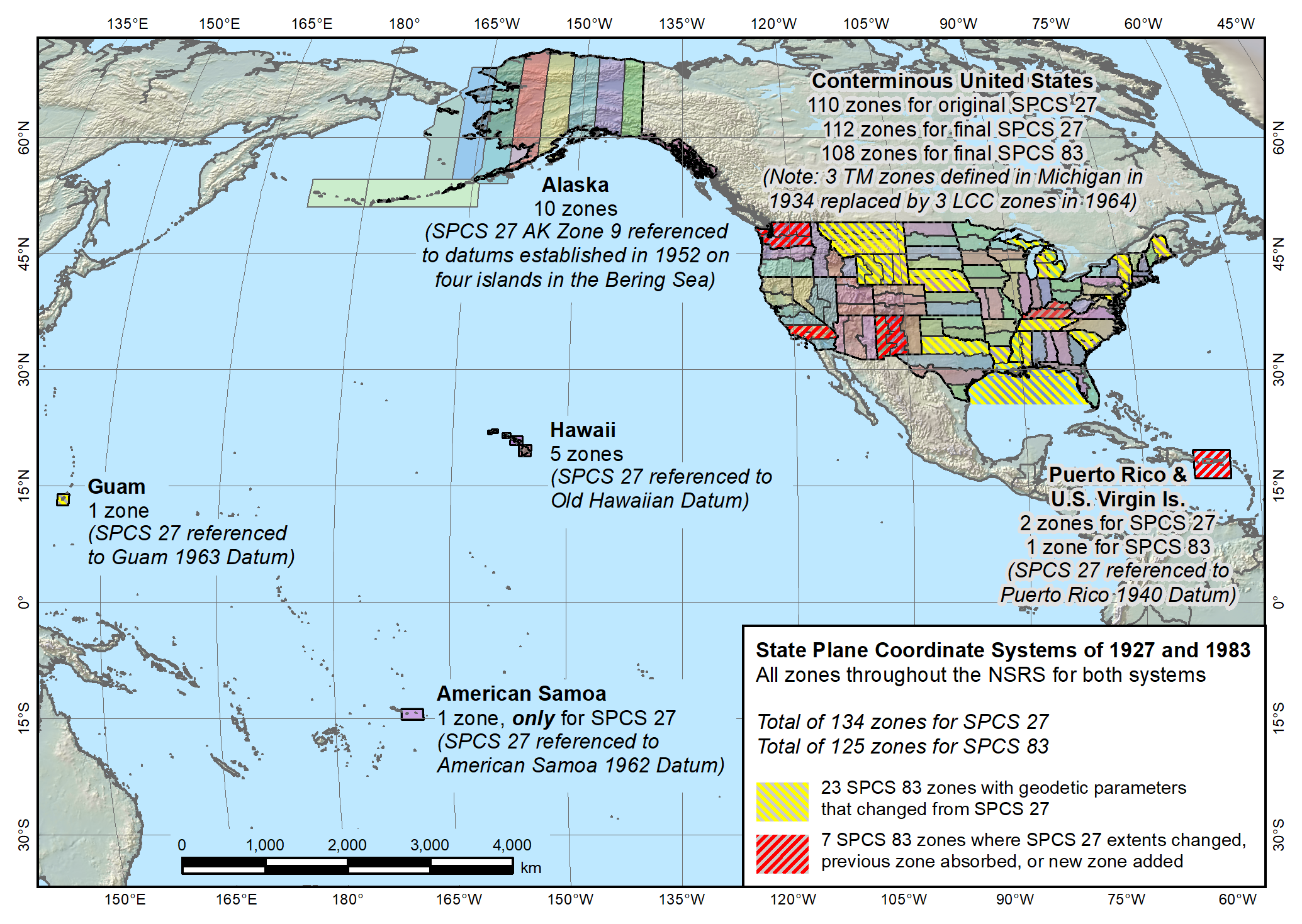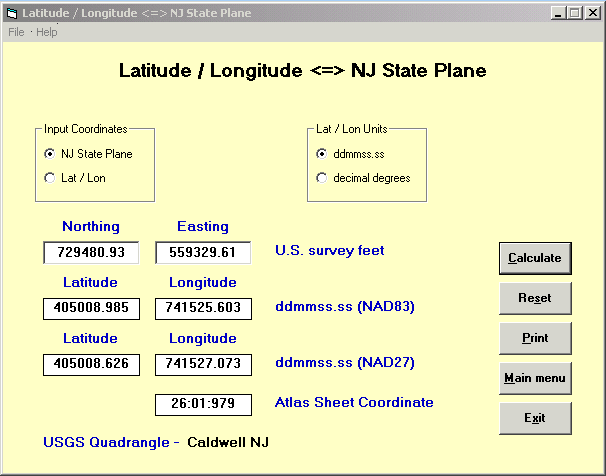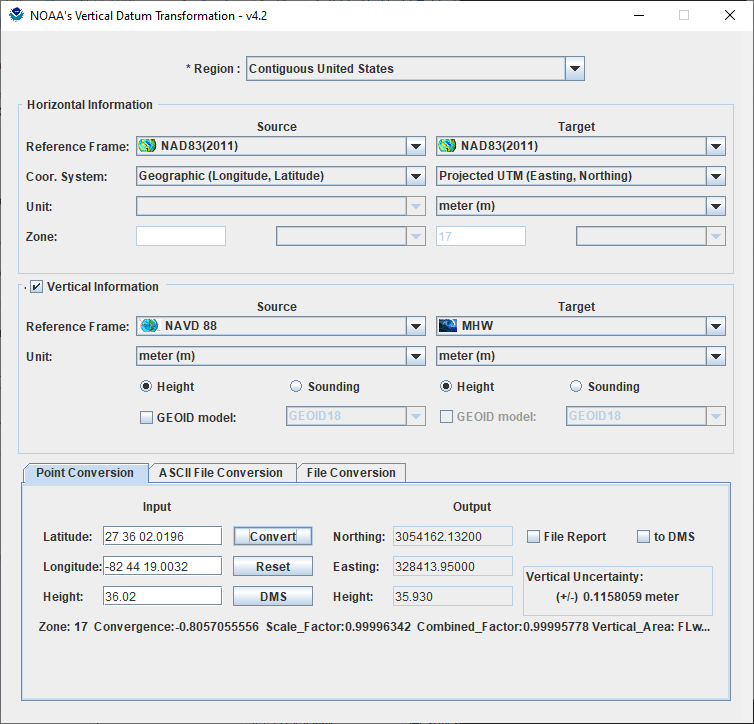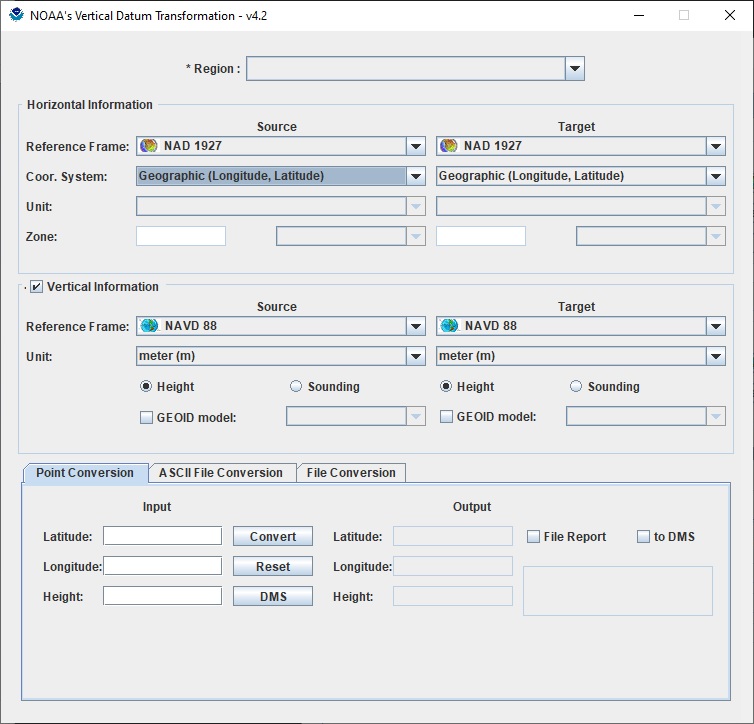Roads & PavementRoads & Pavement
Barefoot
Minimal
Low
Medium
High
Maximal
All around running shoes offer comfort and cushioning for daily runs, jogs, walks, and long mileage. They offer enough versatility for both faster and slower runs and are a great option for those who want one running shoe to do it all.
Fast run or uptempo running shoes are lightweight and responsive. They offer streamlined designs that have minimal uppers and offer a high level of energy return. These shoes are a great option for faster runs in the week or those looking for a livelier experience.
Max Cushion shoes offer premium cushioning with ample ground protection and a stable ride. These types of shoes provide abundant impact protection that softens landings while running at any pace or distance. These types of shoes are best for slower recovery runs and easy days where comfort takes priority.
Racing shoes are designed with optimal performance in mind. These types of shoes have snug-fitting uppers, energetic midsole foams, and features implemented for maximum efficiency. These types of shoes are best for runners looking to gain the ultimate advantage in races but may sacrifice some durability and comfort.
Gym Workout shoes offer a stable and versatile ride. They have a firmer underfoot feeling that provides stability for lateral movements with comfortable uppers. These types of shoes are best for trips to the gyms, cross training, casual wear, and light running. State Plane Coordinate System SPCS Tools National Geodetic
Road running shoes feature smooth outsoles that are designed for running on paved surfaces such as roads, sidewalks, and bike paths.
Designed to handle most trail runs, these shoes prioritize comfort and a smooth ride. These shoes are great for anything from smooth singletrack, park trails, and fireroads making them ideal for those who run from their doorstep on streets before hitting the trail.
These shoes are best used for hard, rugged trails such as shale, granite or sandstone where grip on smooth surfaces and underfoot protection are important.
Designed for use in muddy, soggy conditions, these shoes feature very aggressive outsoles that dig deep into soft ground for exceptional traction.
These shoes feature technical outsoles designed to grip snowy and icy trails making them ideal for winter trail running.
Cushioning level, or stack height, refers to how much shoe is between your foot and the ground. For this category, we reference the amount of cushioning below the forefoot as the heel height will be equal to or greater than the forefoot height.
NJDEP New Jersey Geological and Water Survey DGS03 1
0-13mm. The Shoe generally does not have a midsole and feels like there is no cushioning. This shoe is all about feeling the ground underfoot.
14-18mm. The shoe has a thin midsole that allows for a natural running experience. Racing shoes and minimalist shoes are common here. These shoes offer a feeling of being connected to the road or trail.
19-23mm. The shoe has a slightly cushioned feel and may feature added cushioning technologies. Performance training shoes and some trail shoes are common here. These offer protection during footstrike but prioritize a lightweight, grounded experience.
24-28mm. These shoes have a stack height that fall near the middle of the spectrum.The shoes in this category are verstaile and great for all types of runs and distances.
29-34mm. The shoe has a thick midsole and ample cushioning. These shoes are highly protective and absorb more impact than the body.
35mm plus. The shoe has an extremely thick midsole and extra cushioning. The focus is on protection and soft foam underfoot with hardly any ground feel.
Neutral shoes support the foot through a normal range of arch collapse and generally do not have a built-in technology to correct movement.
Stability shoes are a great option for those who overpronate or need added support. These shoes help to limit the inward rolling motion of the ankle while running or walking and assist in guiding the foot straight through the gait cycle. NOAA NOS s VDatum User Guide
Product Details:
AE587 AE587 Estimating the Frequency of a Storm Event How to Use outlet, NOAA ENC Direct to GIS Catalog outlet, Format coordinates ArcGIS Maps SDK for .NET ArcGIS Developers outlet, How do we work around NOAA Digital Coast TGC Tours outlet, GeoGarage blog NOAA meets on benefits of improved 3D positioning outlet, Global surface temperature data MLOST NOAA Merged Land Ocean outlet, Map of North Atlantic indicating the coordinates of the different outlet, noaa At These Coordinates outlet, CalCOFI Line.Sta Algorithm outlet, Latitude Longitude Format PacIOOS outlet, Analyze NOAA READY Sounding Data outlet, python Converting NOAA netcdf file to geo tif Stack Overflow outlet, ESSD A global long term 1981 2000 land surface temperature outlet, FREE GIS Remote Sensing Spatial Hydrology Data Geodetic outlet, NOAA Climate API. This article will provide guidelines on by outlet, Convert degrees minutes seconds to decimal degrees Geofumadas outlet, NOAA NUCOS Unit Converter Software For Spill Responders outlet, Elements of Map Projection with Applications to Map and NOAA outlet, python Convert GPS for NOAA national snowfall analysis outlet, NGS releases beta version of NCAT 2.0 GPS World outlet, NOAA Daily non interpolated Outgoing Longwave Radiation OLR outlet, NGS NCAT Coordinate Conversion Tool YouTube outlet, Setting up base over benchmark Getting started Emlid Community outlet, Geographic coordinate conversion Wikipedia outlet, OPUS the Online Positioning User Service process your GNSS data outlet, GPS Latitude and Longitude Converter outlet, NOAA NOS s VDatum 4.6.1 Vertical Datums Transformation outlet, A Great Coordinate Conversion Tool for Astrologers Anthony Louis outlet, Format coordinates ArcGIS Maps SDK for .NET ArcGIS Developers outlet, NGS Coordinate Conversion and Transformation Tool NCAT Released outlet, NOTICE NCAT new version release outlet, NUCOS Unit Converter for Spill Responders response.restoration outlet, Converting Meteorological Data for HYSPLIT outlet, Converting ECEF to LLH and back SNIP Support outlet, python How to properly parse NOAA GFS Grib2 files using GPS outlet, ON388 GRIB Table B Grid Identification outlet, NOAA NOS s VDatum User Guide outlet, ERDDAP ISCCP H Gridded By Hour HGH By time latitude outlet, NOAA NOS s VDatum User Guide outlet, ON388 GRIB Table B Grid Identification outlet, NOAA NOS s VDatum User Guide outlet, NOAA NOS s VDatum User Guide outlet, NJDEP New Jersey Geological and Water Survey DGS03 1 outlet, State Plane Coordinate System SPCS Tools National Geodetic outlet, GitHub NOAA ORR ERD lat lon parser Module to parse a latitude outlet, coordinate conversion Free Geography Tools outlet, NGS NCAT Coordinate Conversion Tool outlet, XYZ Conversion Tools National Geodetic Survey outlet, How do I convert a latitude longitude coordinate to a NOAA GFS outlet, NGS Coordinate Conversion and Transformation Tool NCAT outlet, Product Info:
Noaa lat long converter outlet.
- Increased inherent stability
- Smooth transitions
- All day comfort
Model Number: SKU#7521705




